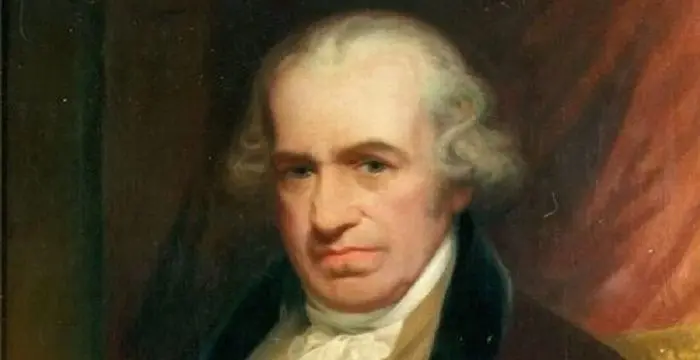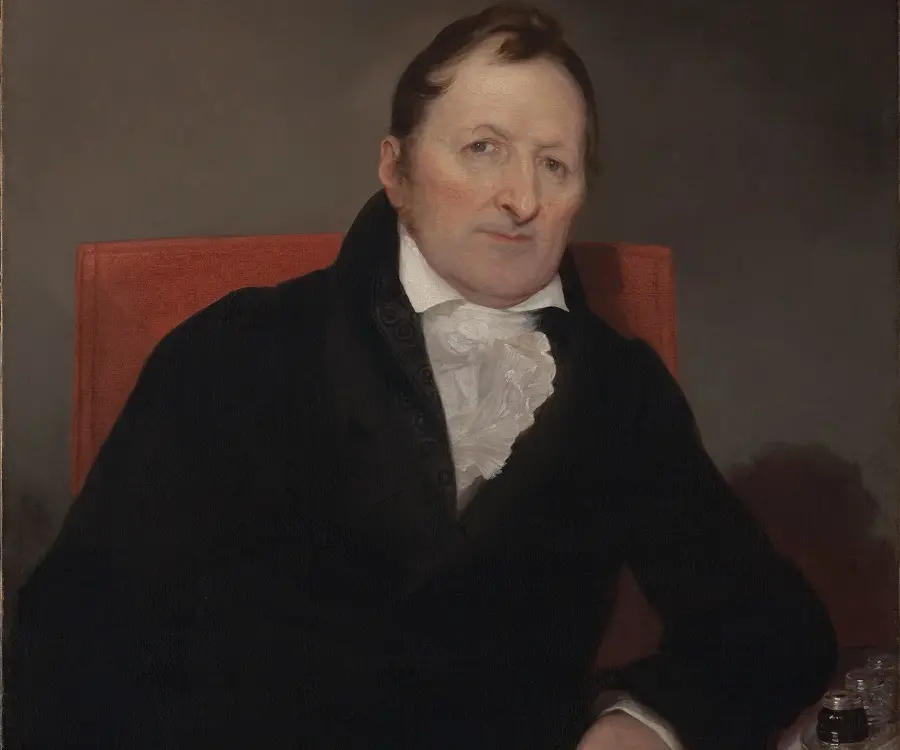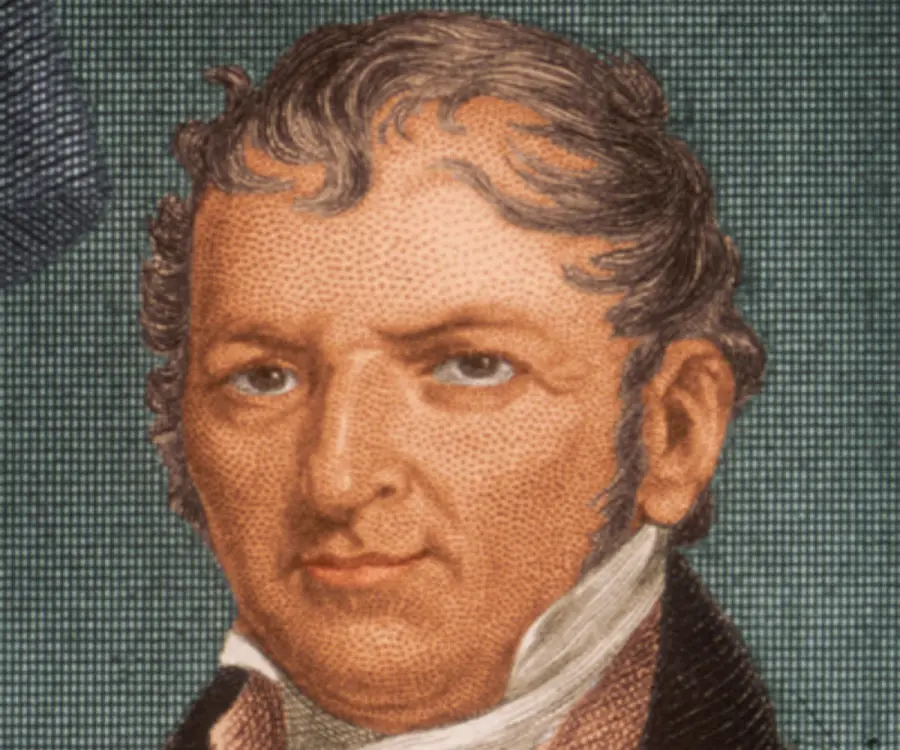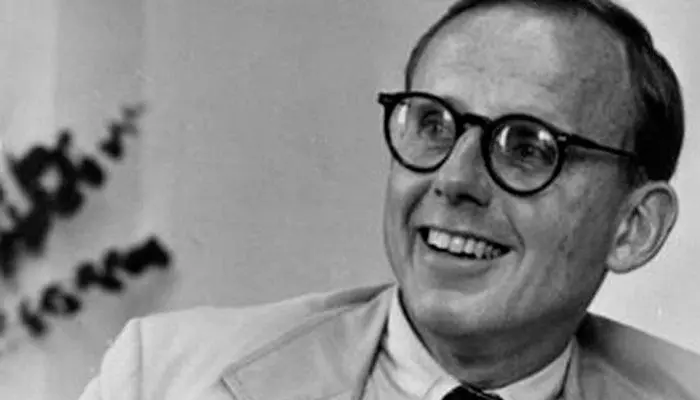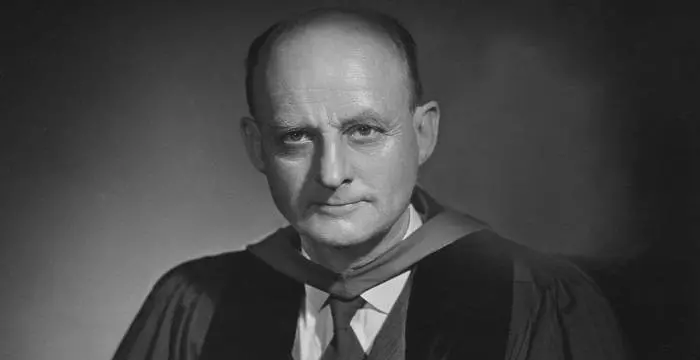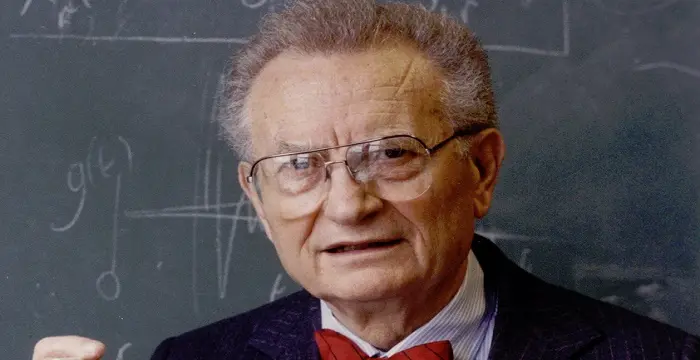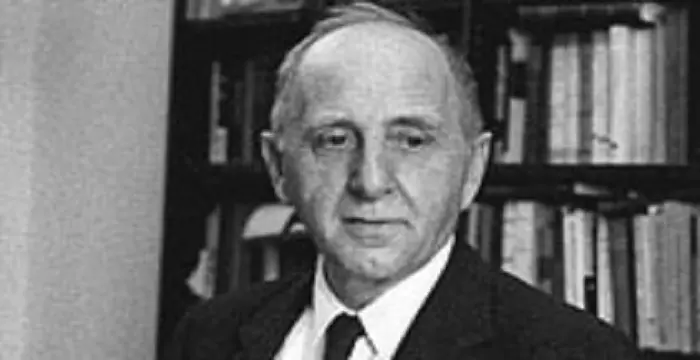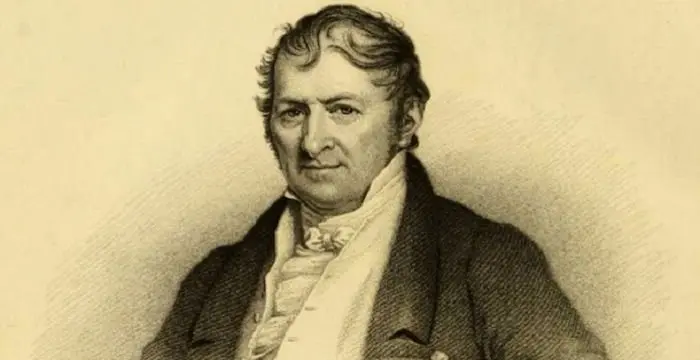
Eli Whitney - Inventors, Timeline and Childhood
Eli Whitney's Personal Details
Eli Whitney was an American inventor who invented ‘cotton gin’ during the industrial revolution.
| Information | Detail |
|---|---|
| Birthday | December 8, 1765 |
| Died on | January 8, 1825 |
| Nationality | American |
| Famous | Yale University, Inventors & Discoverers, Inventors |
| City/State | Massachusetts |
| Spouses | Henrietta Edwards |
| Universities |
|
| Notable Alumnis |
|
| Birth Place | Westborough |
| Gender | Male |
| Father | Eli Whitney Sr |
| Mother | Elizabeth Fay |
| Sun Sign | Sagittarius |
| Born in | Westborough |
| Famous as | American inventor |
| Died at Age | 59 |
// Famous Inventors
Thomas Newcomen
Thomas Newcomen was a British inventor who developed the world’s first steam engine. Browse through this biography to learn in details about his life, career, works and timeline.
Erno Rubik
The famous inventor and educationist, Erno Rubik is known world-wide for his invention the ‘Rubik’s Cube’. To know more about the childhood, profile, timeline and career of this famous architect-inventor read on.
Howard Hughes
Howard Hughes was an American aviator, business tycoon, philanthropist and also a film maker. This biography explores his childhood, career, achievements and timeline.
Eli Whitney's photo
Who is Eli Whitney?
Eli Whitney was an American inventor who gave the world a powerful machinery to produce heaps of cotton without much hassle, money and labor. His invention is called ‘cotton gin’, ‘gin’ being short for engine. It was a machine that was able to quickly and efficiently clean the cotton using coordination of hooks, wires and a rotating brush. Although Whitney belonged to a family of a farmer, he was always interested in machinery and science and when he was only 14 years old, during the time of Revolutionary War, he invented the nail manufacturing function, which was widely used for various purposes. It was when he went to Georgia and started reading law for Mrs. Greene at her farm; he realized that cotton farming remains backward due to the long amount of tedious work it involves. This inspired him to invent the machine that flourished Southern cotton farming. Not only this, another of his prominent work is his championing the milling machines which helped in manufacturing of the arms part by part, instead of manufacturing it in one piece.
// Famous Yale University
Samuel P. Huntington
Samuel Phillips Huntington was a famous American political scientist who proposed the controversial thesis of ‘The Clash of Civilizations’. Find out more about his life in this biography
Reinhold Niebuhr
Reinhold Niebuhr was a German-American theologian, intellectual and political commentator who wrote the famous book, ‘Moral Man and Immoral Society’. This biography provides information about his profile, childhood, life and timeline.
Jennifer Connelly
Jennifer Connelly is an Academy Award winner American actress who started out as a child artist and reached the epitome of her film career with the movie ‘A Beautiful Mind’.
Childhood & Early Life
Eli Whitney was born in Massachusetts to Eli Whitney, Sr. and Elizabeth. His father was a well-to-do famer. Though he grew up on a farm, but he was inclined towards machinery and technology from an early age.
Whitney’s mother died when he was 11 and his stepmother was against his further studies in a university. He started a nail manufacturing function during Revolutionary War and worked as a farmer and a school teacher to make money.
Whitney attended the Yale College and graduated in 1792, and worked hard to become a lawyer. After graduation, he started to tutor in South Carolina as he lacked funds to become a lawyer.
Career
The widow of the Revolutionary hero Gen. Nathanael Greene, Mrs. Greene invited Whitney to visit her Georgia plantation, Mulberry Grove and read law there. Her plantation was managed by her fianc� Phineas Miller, who was a Yale graduate.
Greene realized the lack of a money crop in the immediate area as the tobacco business was getting dilapidated. Although green-seed cotton was extensively obtainable, it took a lot of time and labor to extract the fiber.
Greene’s financial support helped Whitney to work through the winter to invent a machine that was able to quickly and efficiently clean the cotton using coordination of hooks, wires and a rotating brush.
When Whitney demonstrated his ‘cotton gin’ to his colleagues, they were stunned to witness the device that was able to clean a large amount to cotton in less than an hour. The machine received immediate response.
In 1794, Whitney along with Greene’s fianc� Miller patented the machine. They intended to install the gins throughout the South and charging farmers two-fifths of resulting profits. This is the reason why the machine started getting widely pirated.
As farmers created their own version of the cotton gin, Whitney got stuck in many legal battles and ultimately agreed to license it at reasonable prices. This helped Southern planters to reap big financial benefits.
As Whitney did not receive the expected compensation for the gin, he concentrated on the production of arms and the interchangeable-parts system. Since there was a danger of war with France, the government asked him to manufacture 10,000 rifles, in 1798.
He created milling machines that permitted the laborers to wedge metal by a pattern and produce one particular part of a weapon. When put together, each part, although created separately, became an operational model.
Realistically, he could not manufacture the promised number of rifles to the government on time and delivered it in 1809. Even with the delay, he got another order for 15,000 muskets, which he supplied in two years.
By 1840, Southern cotton production rose hugely from the preceding century - with more than a million bales of cotton being produced. More and more people were needed to harvest the crop which gave rise to the slave-holding culture.
Personal Life & Legacy
In 1817, Whitney got married to Henrietta Edwards, granddaughter of the evangelist Jonathan Edwards, daughter of Pierpont Edwards, head of the Democratic Party in Connecticut, which helped Whitney to move in Elite class.
He died in 1825 of prostate cancer in New Haven, Connecticut; he was 59 years old at the time. He was survived by his widow, Henrietta, and his four children.
Trivia
During the period of his illness from cancer, Whitney invented several machinery to mechanically ease his pain.
There is a Yale University program for non-traditional students, named after this inventor - 'The Eli Whitney Students Program’.
He used his status as a Yale alumnus to build his arms business and clientele.
// Famous Inventors & Discoverers
Nikola Tesla
Nikola Tesla was a Serbian-American inventor, best known for his development of alternating current electrical systems. This biography of Nikola Tesla provides detailed information about his childhood, life, achievements, works & timeline.
Thomas Newcomen
Thomas Newcomen was a British inventor who developed the world’s first steam engine. Browse through this biography to learn in details about his life, career, works and timeline.
Erno Rubik
The famous inventor and educationist, Erno Rubik is known world-wide for his invention the ‘Rubik’s Cube’. To know more about the childhood, profile, timeline and career of this famous architect-inventor read on.
Eli Whitney biography timelines
- // 8th Dec 1765Eli Whitney was born in Massachusetts to Eli Whitney, Sr. and Elizabeth. His father was a well-to-do famer. Though he grew up on a farm, but he was inclined towards machinery and technology from an early age.
- // 1792Whitney attended the Yale College and graduated in 1792, and worked hard to become a lawyer. After graduation, he started to tutor in South Carolina as he lacked funds to become a lawyer.
- // 1794In 1794, Whitney along with Greene’s fianc� Miller patented the machine. They intended to install the gins throughout the South and charging farmers two-fifths of resulting profits. This is the reason why the machine started getting widely pirated.
- // 1798As Whitney did not receive the expected compensation for the gin, he concentrated on the production of arms and the interchangeable-parts system. Since there was a danger of war with France, the government asked him to manufacture 10,000 rifles, in 1798.
- // 1809Realistically, he could not manufacture the promised number of rifles to the government on time and delivered it in 1809. Even with the delay, he got another order for 15,000 muskets, which he supplied in two years.
- // 1817In 1817, Whitney got married to Henrietta Edwards, granddaughter of the evangelist Jonathan Edwards, daughter of Pierpont Edwards, head of the Democratic Party in Connecticut, which helped Whitney to move in Elite class.
- // 8th Jan 1825He died in 1825 of prostate cancer in New Haven, Connecticut; he was 59 years old at the time. He was survived by his widow, Henrietta, and his four children.
- // 1840By 1840, Southern cotton production rose hugely from the preceding century - with more than a million bales of cotton being produced. More and more people were needed to harvest the crop which gave rise to the slave-holding culture.
// Famous Massachusetts peoples
Eugenia Cooney
Check out all that you wanted to know about Eugenia Cooney, the famous American Vlogger & YouTube Personality; her birthday, her family and personal life, her boyfriends, fun trivia facts and more.
Patrick Bouvier Kennedy
Patrick Bouvier Kennedy was the last child of American President John F. Kennedy and First Lady Jacqueline Bouvier Kennedy.
Nic Wallace
Check out all that you wanted to know about Nic Wallace, the famous American Instagram star; his birthday, his family and personal life, his girlfriends, fun trivia facts and more.
Paul Samuelson
Nobel laureate Paul Anthony Samuelson is referred to as the ‘Father of Modern Economics’. This biography profiles his childhood, life, career, achievements and interesting facts about him.
Simon Kuznets
Simon Kuznets was a noted Russian-American economist, statistician, demographer, and economic historian. Check out this biography to know about his childhood, family life, achievements and other facts related to his life.
Steve Carell
Steve Carell is an American actor, comedian, producer, director and writer. This biography profiles his childhood, early life, career, major works, awards, personal life, legacy, timeline and trivia.
Eli Whitney's FAQ
What is Eli Whitney birthday?
Eli Whitney was born at 1765-12-08
When was Eli Whitney died?
Eli Whitney was died at 1825-01-08
Where was Eli Whitney died?
Eli Whitney was died in New Haven
Which age was Eli Whitney died?
Eli Whitney was died at age 59
Where is Eli Whitney's birth place?
Eli Whitney was born in Westborough
What is Eli Whitney nationalities?
Eli Whitney's nationalities is American
Who is Eli Whitney spouses?
Eli Whitney's spouses is Henrietta Edwards
What was Eli Whitney universities?
Eli Whitney studied at Yale University, Yale University, Yale College
What was Eli Whitney notable alumnis?
Eli Whitney's notable alumnis is Yale University
Who is Eli Whitney's father?
Eli Whitney's father is Eli Whitney Sr
Who is Eli Whitney's mother?
Eli Whitney's mother is Elizabeth Fay
What is Eli Whitney's sun sign?
Eli Whitney is Sagittarius
How famous is Eli Whitney?
Eli Whitney is famouse as American inventor
